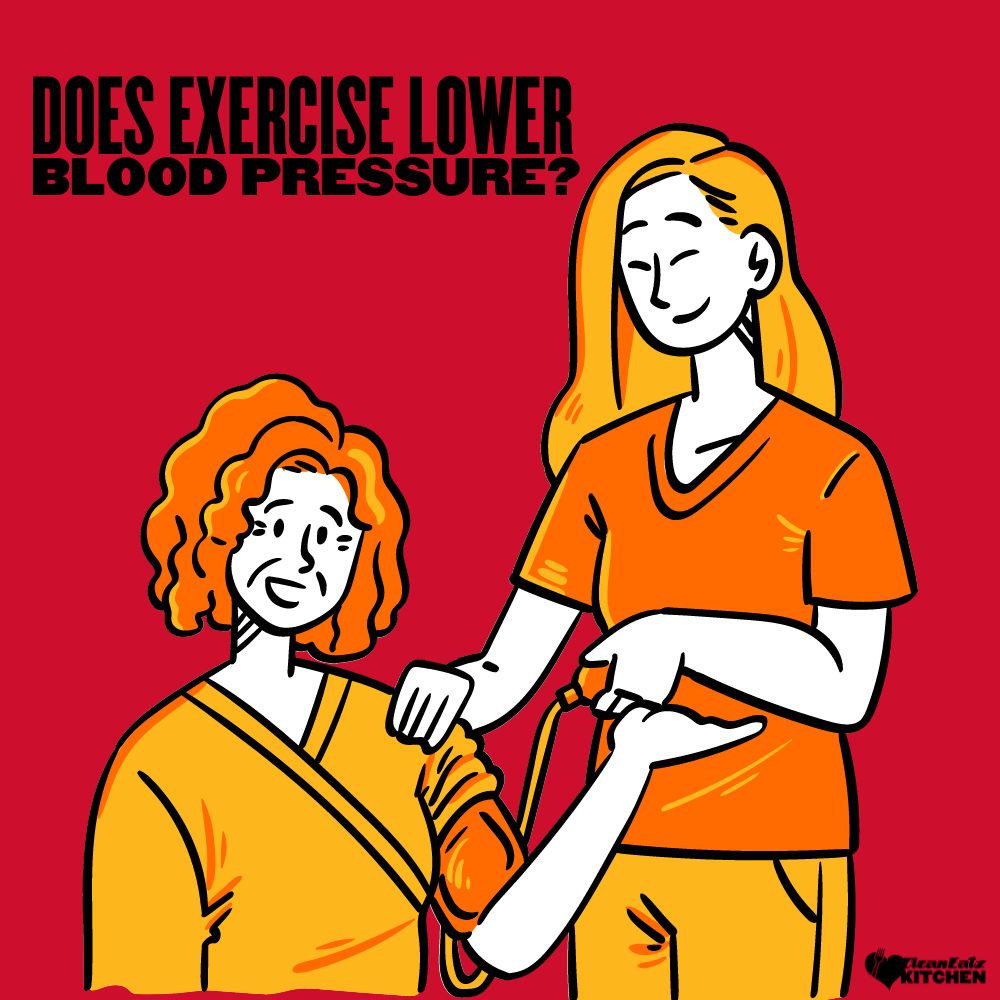
RA Pain: Understanding Rheumatoid Arthritis and Improving Management
Jason Nista
Healthy Lifestyle
7 minute read
Rheumatoid Arthritis (RA) is a very common disease affecting over 1 million people in the US alone with the potential to lead to permanent disability and many health concerns when not treated appropriately and timely. It does not have a cure but there are many promising treatments that can help stop the disease and help with RA pain. However due to its aggressive nature and being extremely uncomfortable for daily activities, patients with RA are always looking for ways to aid in their treatment and prognosis.
Today we look into what can be one of the key treatments to help reduce the disability often associated with RA but probably one that most people might tend to avoid because they're afraid that the activity might worsen their joint pain.
First of All, What is RA?
Arthritis basically means an inflammation of the joints. Unlike osteoarthritis (OA), which is caused by wear and tear as we age, Rheumatoid Arthritis (RA) is caused by an autoimmune reaction in our bodies that makes our own autoimmune system attack the tissue on our joints as if it were an external threat leading to the characteristic RA pain, swelling, inflammation, and eventual joint destruction.
There are a number of effective treatments that are generally designed to provide pain relief, reduce joint stiffness and inflammation, like NSAIDs and Steroid anti-inflammatories; and suppress our immune system’s activity in favor of stopping the evolution of the disease and the damage to our joints, this is called Drugs that modify the immune response or DMARDs like methotrexate or leflunomide. All of these treatments seem to be the most useful the earlier the treatments begin in the disease history.
How Movement Can Help With RA Pain
Besides pharmacological treatment, other complementary therapies have proven to be effective in helping patients manage their symptoms and help keep the progression of the disease at bay.
Effective RA treatments like acupuncture, manual therapy, and meditation have been proven useful, but treatments of therapeutical movement like Taichi and Yoga have proven to be useful in improving aerobic capacity, strengthening muscles, improving endurance, increasing flexibility, preserving muscle mass, maintaining and improving joint range of motion, and reducing pain. maintaining movement independence, improving balance, and of course, decreasing pain and fatigue which are not well-known symptoms of rheumatoid arthritis.
Practicing Yoga is also useful when done in combination with regular pharmacological treatment.
Taichi shows some positive effects on mood, quality of life, and certain measures of disability like balance, coordination, lower body strength, and functional independence.
However one of the most promising forms of movement or training for this population seems to be a bit of a counterintuitive one. After all, one would think that people who have pain moving and fatigue would not be quite interested in lifting heavy stuff. However…
Strength Training Seems to Be the Key to Painless Functional Life
While it may seem quite difficult to lift heavy weights with pain in your joints resistance training has proven to be a very effective way to help manage RA symptoms. It helps with things like pain, reduced range of motion, and stiffness but is also very effective in helping fight and reduce tiredness and exhaustion, progressive disability, loss of muscle mass and bone density, and even the progression of cartilage deterioration, all while being a very safe intervention when done appropriately.
A meta-analysis of several studies showed that resistance training produces a moderate-to-large improvement in disease activity score and a significant improvement in erythrocyte sedimentation rate.
Other studies have shown similar added benefits like:
-
A significant effect on strength, leading to up to 50% improvements in pain and function.
-
Contribute to reversing functional limitation, disability, comorbidities, and reduced quality of life by reversing cachexia, muscle loss, and disease activity without exacerbating symptoms
-
Intense and dynamic strength training showed to be more effective in increasing aerobic capacity, joint mobility, muscle strength, and reducing pain than ROM exercises and isometric training without external resistance in rheumatoid arthritis patients.
Don't worry, once you develop a routine you won't feel too overwhelmed with training and won't develop an exercise addiction either.
Some More Tips For You
So as you can see there are many benefits of maintaining an active life and integrating regular exercise in your life for managing the condition of people with RA. If you want to start integrating these into your daily routine make sure to pay attention to these points:
-
Understand the importance of movement, exercise, and strength training in maintaining independence, range of motion, balance, coordination, maintaining muscle mass, reducing pain, and many other benefits to help you manage your health condition. So don’t be afraid to try it out, but always do it the smart way.
-
Always consult with your main doctor and other qualified health professionals who can evaluate you and give you clearance to start a movement or strength training protocol specific to your needs and abilities.
-
Regarding strength training and progression understand your limitations and unique needs start at a very conservative pace and progress slower than what you think to ensure you’re getting stronger without causing a flare in your symptoms.
-
It might be a great idea to hire a professional trainer or physical therapist that can help you design a training plan according to your individual needs and that monitors your progress in a safe manner.
-
Learn to listen to your body to help you manage and asses the intensity of your training session and be ready to adjust accordingly. You should be getting benefits and not extra troubles from all the movement and training you do.
Maintaining an active lifestyle is key for managing RA. Consider Cleaneatzkitchen's meal plan delivery for hassle-free nutrition that complements your healthy routine. Prioritize your well-being with these convenient, healthy meals.
Final Thoughts
Rheumatoid Arthritis is a challenging condition, but there are effective ways to manage it. Medications like NSAIDs and DMARDs are crucial, and complementary therapies like Yoga and Taichi can help. Surprisingly, strength training has also proven effective in reducing pain and improving overall well-being. Remember to consult with healthcare professionals, start slowly, and listen to your body. By incorporating these strategies, you can better manage RA and improve your quality of life.
FAQ
What are the potential consequences of untreated RA?
Untreated Rheumatoid Arthritis can have serious and far-reaching consequences. Left unchecked, RA can progress and lead to permanent disability. Beyond the physical limitations, untreated RA can also contribute to various health concerns, affecting not only joint health but overall well-being. Therefore, timely and appropriate treatment is essential to mitigate these potential consequences.
Is there a cure for RA?
Unfortunately, there is no cure for Rheumatoid Arthritis at present. RA is a chronic autoimmune condition, and while significant progress has been made in understanding and managing the disease, a definitive cure remains elusive. However, ongoing research continues to uncover promising treatments and interventions that can help manage RA effectively.
What are some promising treatments for RA?
Nonsteroidal anti-inflammatory drugs (NSAIDs), steroid anti-inflammatories, and disease-modifying antirheumatic drugs (DMARDs) like methotrexate or leflunomide are among the commonly prescribed medications. These treatments are designed to alleviate pain, reduce joint stiffness and inflammation, and suppress the overactive immune response that characterizes RA. Early initiation of these treatments is often most effective in slowing the progression of the disease.
What is the importance of early treatment for RA?
Early treatment for Rheumatoid Arthritis is of paramount importance. It has been consistently demonstrated that the earlier treatment is initiated in the course of the disease, the more effective it tends to be in managing RA symptoms and preventing long-term joint damage. Timely intervention can significantly improve the prognosis and quality of life for individuals living with RA.



